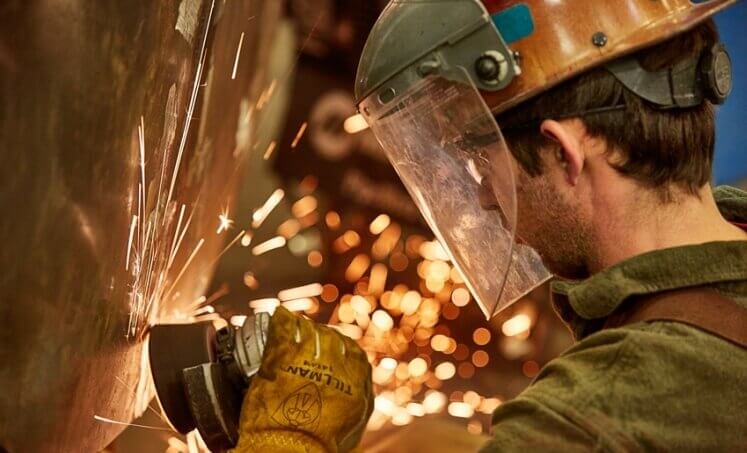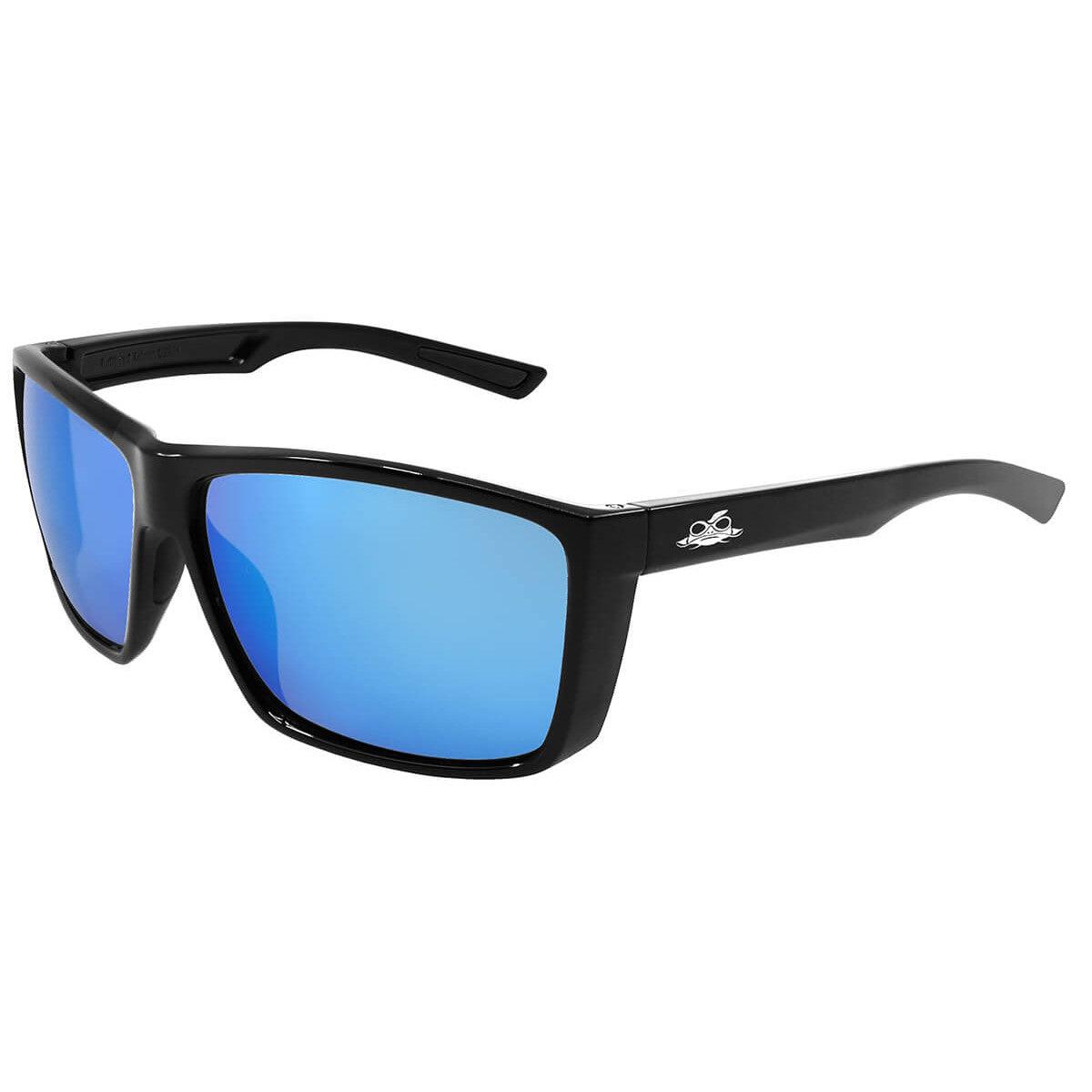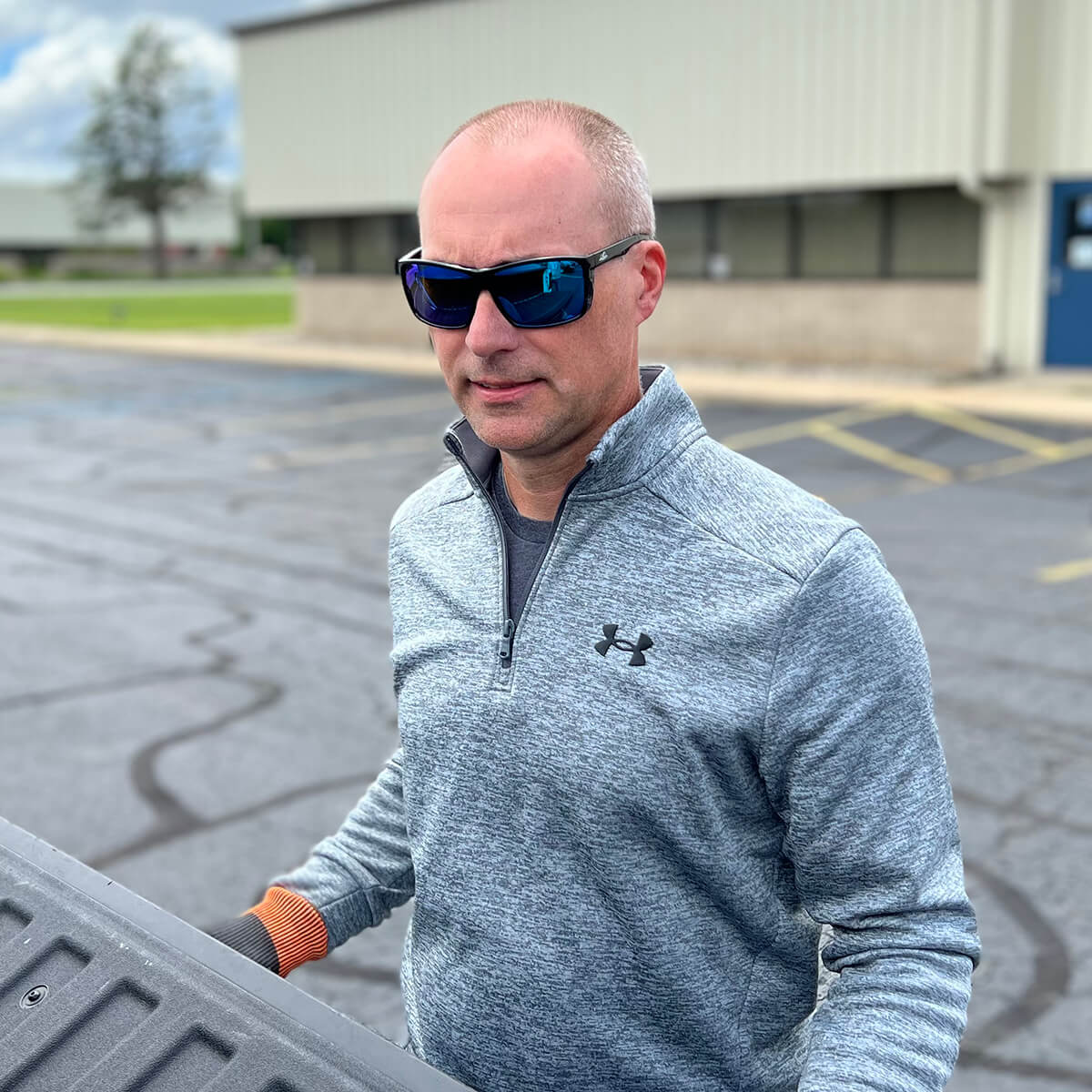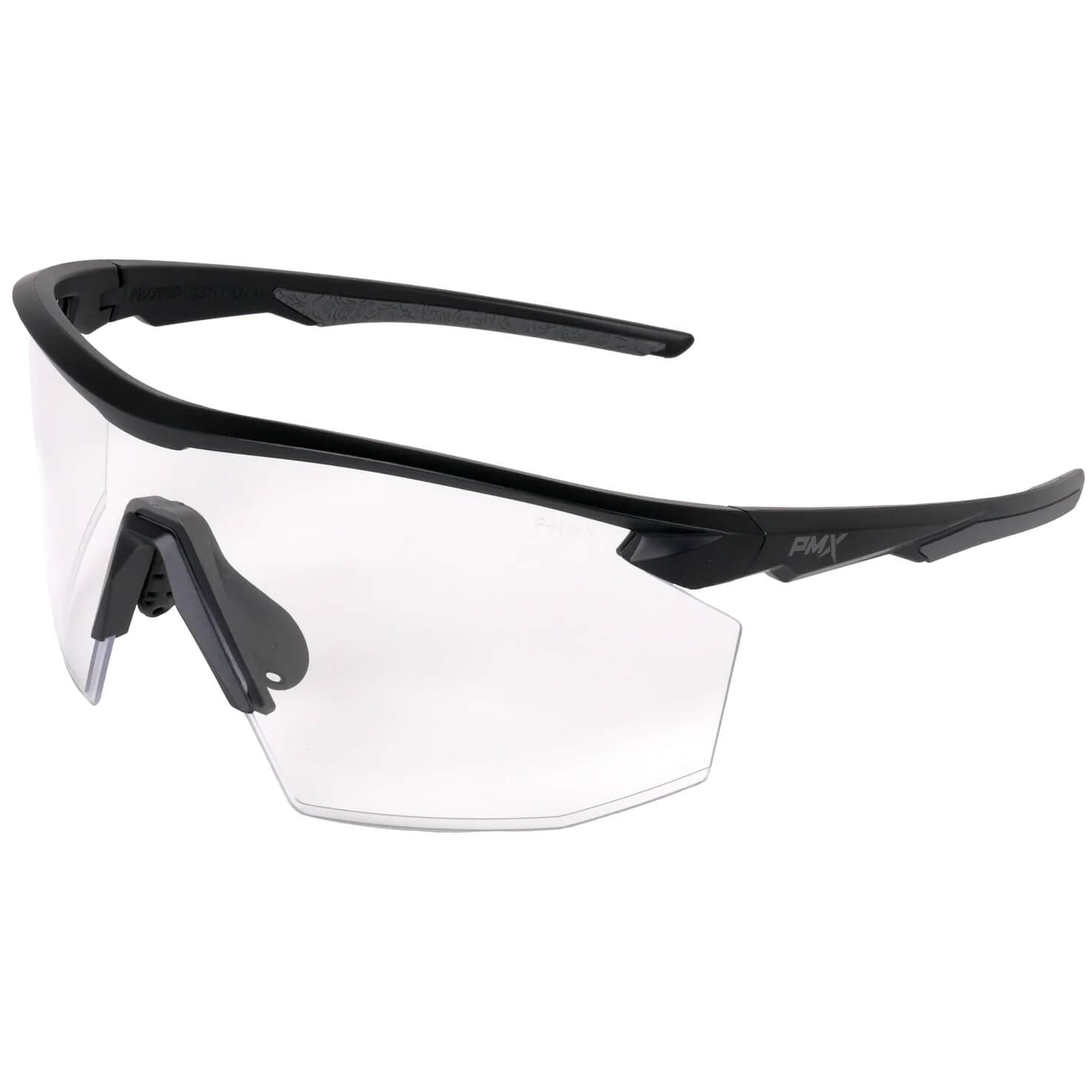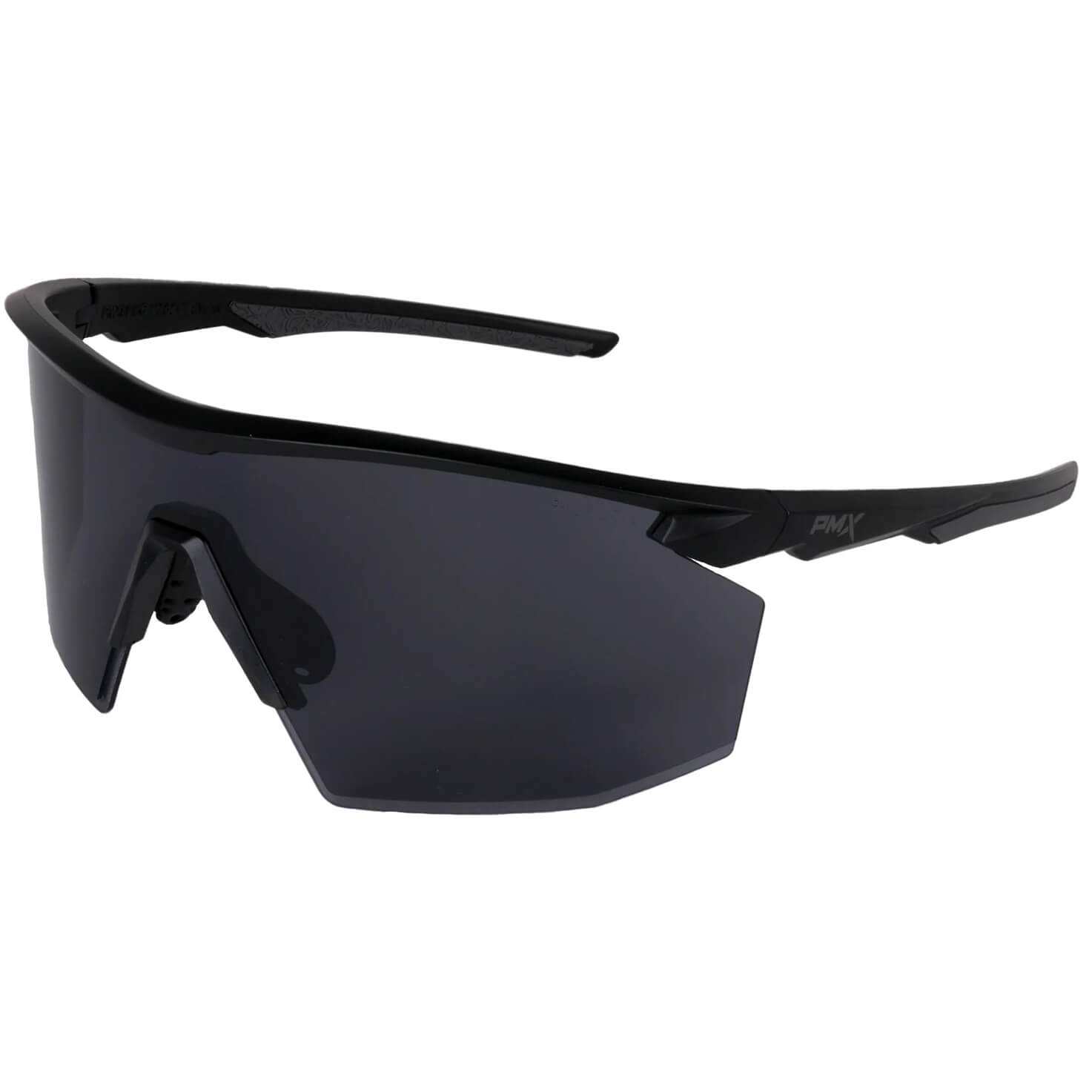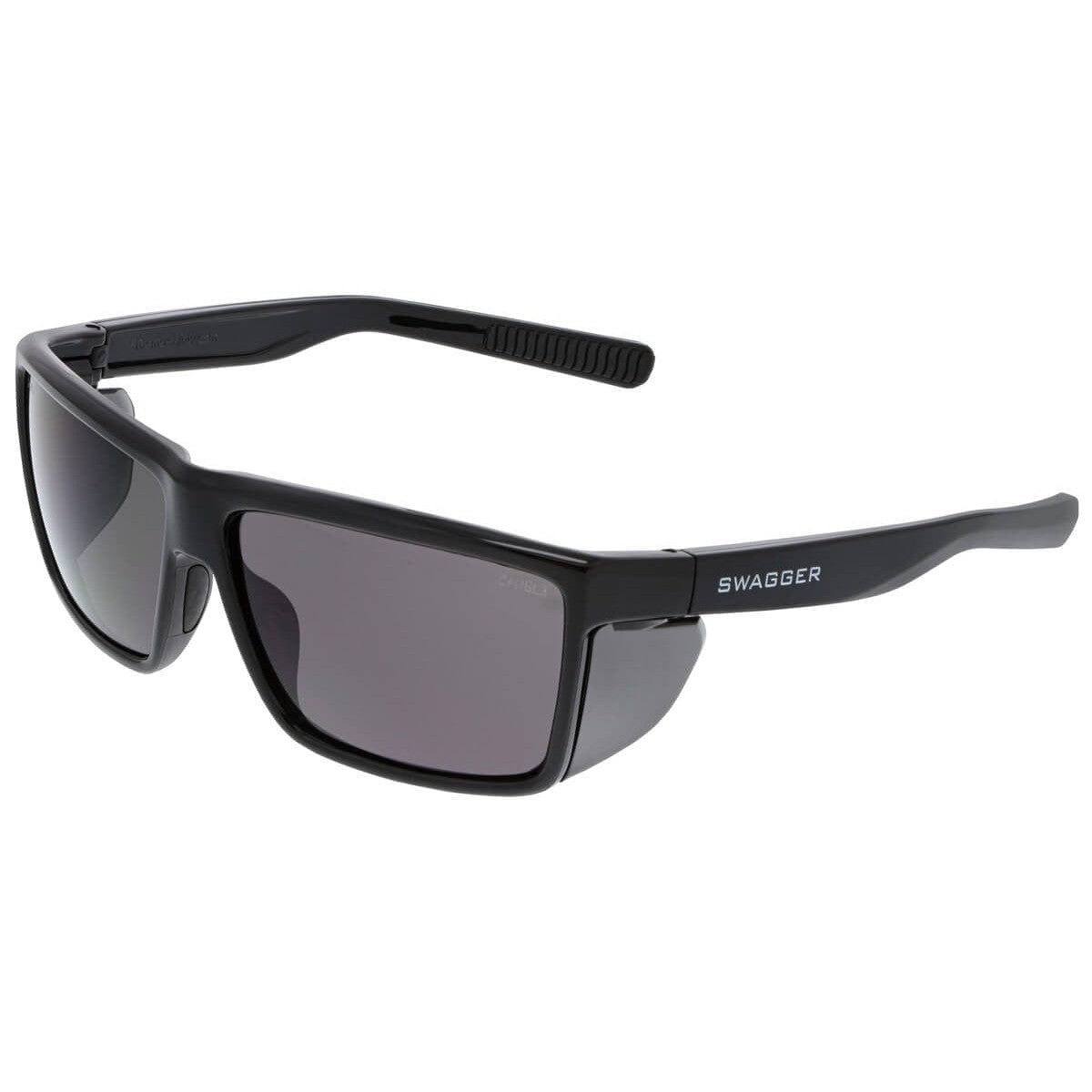Face shields are necessary for many professions and various tasks in the workplace or at home. For example, OSHA requires the use of face shields when workers are exposed to flying objects, molten metal, liquid chemicals, acids or caustic liquids, chemical gases or vapors, or potentially hazardous light radiation. Specific jobs requiring face shields include metal workers, some medical staff, industrial painters, and employees in chemical plants. While not all employees and tasks require a face shield, they are often overlooked and should be used more often.

Arc-rated face shields help protect your eyes and face against dangerous high-voltage arc explosions.
5 Reasons To Use A Face Shield
1. Flying debris: Dust, debris, and other fine materials can bypass your safety glasses and fly into your eyes. You should always use a face shield when using chainsaws, angle grinders, or similar power tools.
2. Splash hazards: When handling acids, corrosives, chemical adherents, or strippers, and/or bodily fluids, wear face shields. Typical safety eyewear doesn’t provide the necessary liquid splash protection for these hazards.
3. Extreme heat: When performing furnace maintenance, engaging in welding, or handling molten substances, use a face shield. Some face shields, typically employed in foundries, have special coatings to provide extra protection from extreme temperatures.
4. Arc Hazards: Electricians working with high-voltage connections require protection from potential arc explosions, which can result in severe burns and even death. Only specially designed face shields should be used. The Delta Plus ARC-Shield is an example of a face shield designed to protect against arc flash.
5. High-velocity impact hazards: Safety glasses do a great job of protecting your eyes. However, they cannot protect your face. Additionally, safety glasses may fail if an object with sufficient mass or velocity strikes them. Face shields provide extra protection from high-mass and high-velocity impact hazards. That said, wearing safety eyewear underneath your face shield is always recommended.

Luckily, safety glasses prevented this broken angle-grinder disk from hitting my face because a face shield should have been worn.
5 Face Shield Options To Consider
1. Side protection on face shields provides increased protection from lateral hazards. It’s a natural instinct to turn your face away from an object flying toward you. However, this may expose your eyes or face to the incoming hazard. Ensure your face shield has adequate side protection, especially when working around liquid splash or radiation hazards.
2. Google styles, such as the Pyramex Capstone Kit or Bolle Atom Shield, provide another option for face protection when working in clean rooms, metal processing, foundries, mining, construction, and more. These face shields combine a removable goggle with a face shield. This feature can replace the goggle if it becomes scratched or damaged. Plus, you may find these face shields easier to use in lab environments because the face shield fits closer to your face.
3. Headgear – Face shields are typically worn with headgear or mounted to a traditional hard hat. Consider the environment you’ll work in and choose the appropriate headgear system. Most face shield manufacturers provide adapters for mounting their products on hard hats.
4. Face shields are available in removable or lift-front designs. Removable face shields allow for easy replacement, while lift-front styles can be lowered and raised quickly as needed.
5. Face shield materials are available in polycarbonate, Lexan, or wire mesh models. Polycarbonate and Lexan protect against impacts and are available in clear or tinted versions. Wire mesh face shields are popular among loggers and provide protection from impacts, plus they don’t fog up. However, wire mesh face shields should not be used for work involving chemical, liquid splash, or fine dust hazards.
Think Safety Glasses AND Face Shield
Face shields do an excellent job of providing extra eye and face protection from various dangers. However, you should always wear safety glasses under your face shield because the bottom and sides of face shields typically have gaps. Liquid or debris passing through these gaps can come into contact with your eyes, potentially causing injury.
Ensure you take the time to assess the risks in your work area and select the appropriate eye and face protection.

